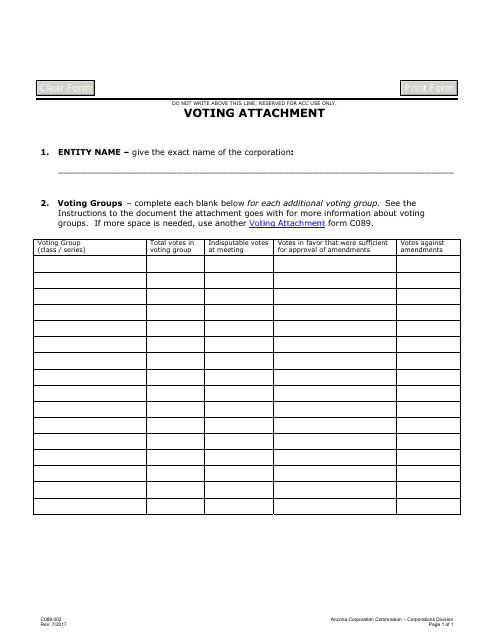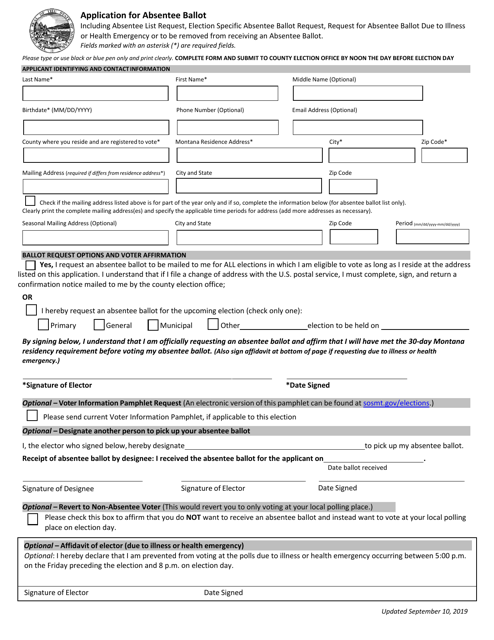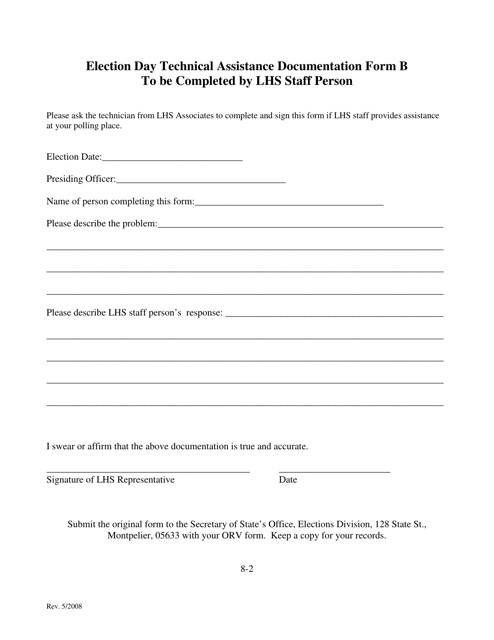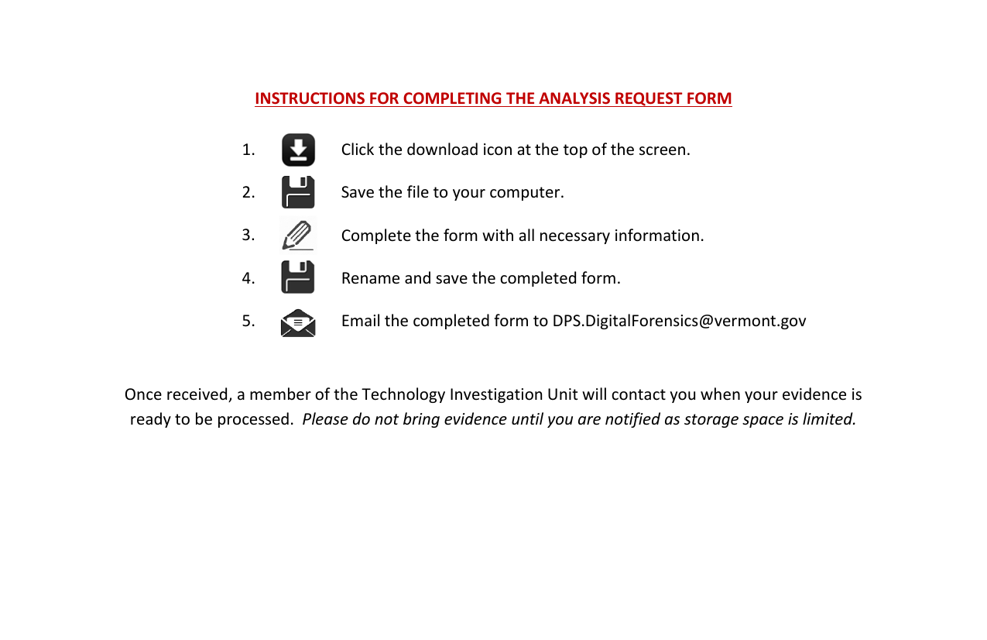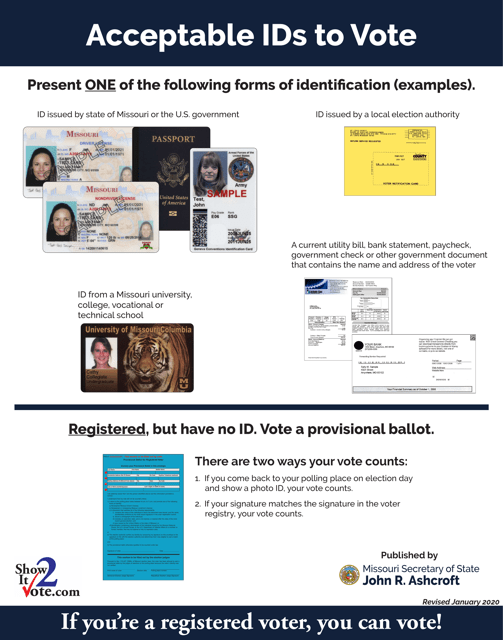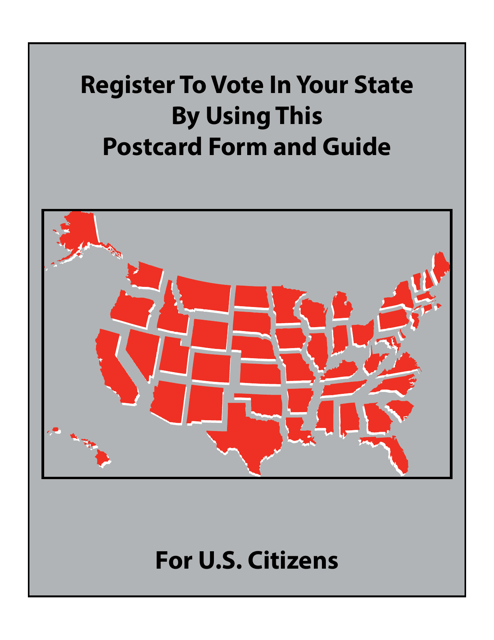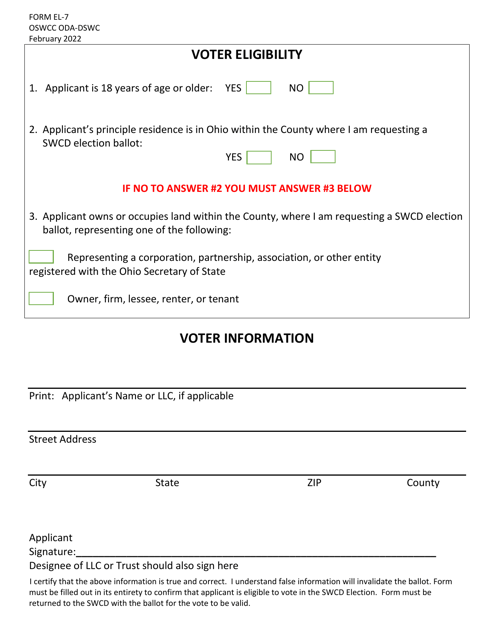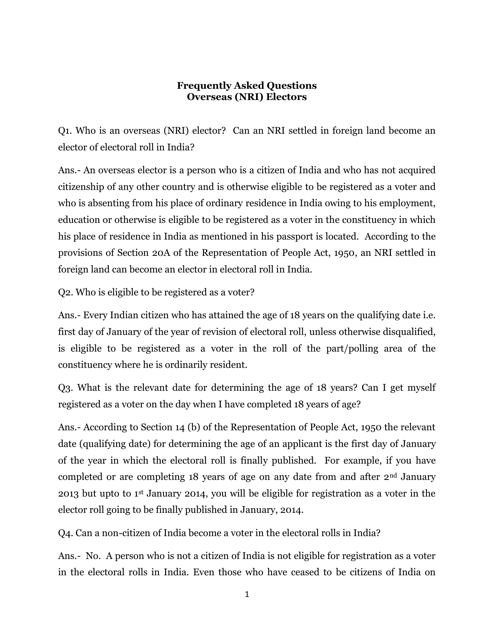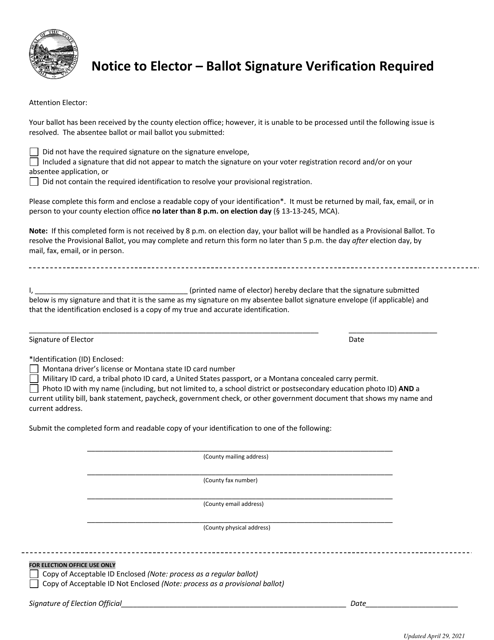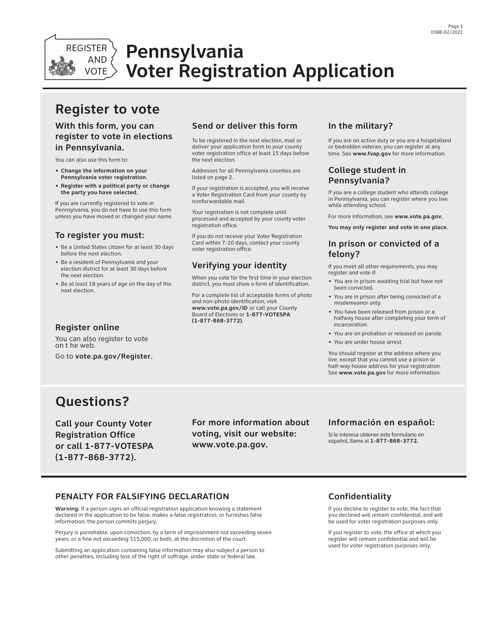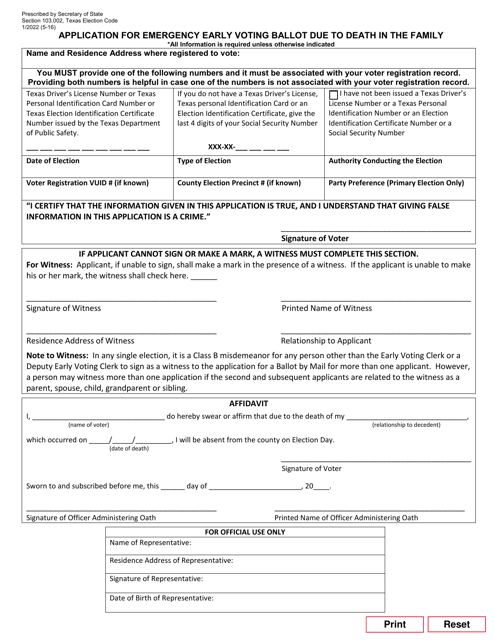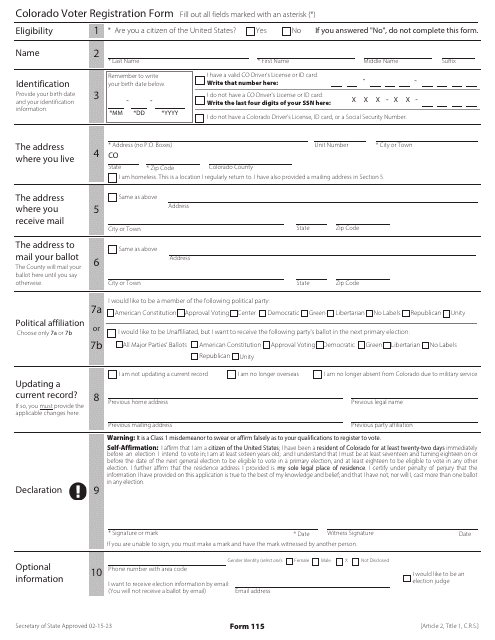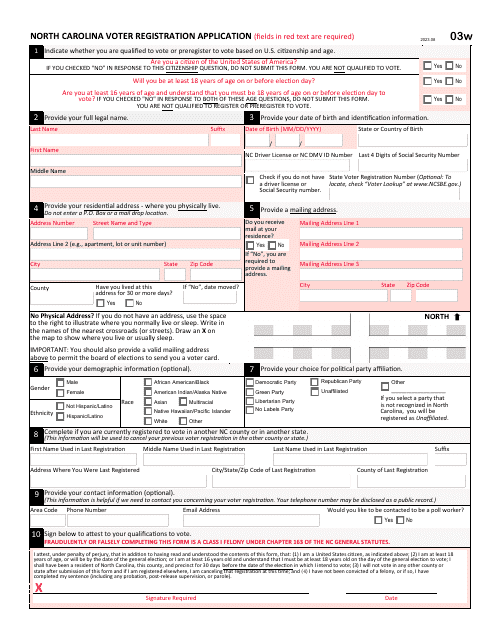Voting Requirements Templates
Are you ready to exercise your democratic rights and make your voice heard? In order to participate in the electoral process, you need to be familiar with the voting requirements. These requirements, also known as voter eligibility criteria, are the guidelines that determine who can cast their ballot in an election.
The voting requirements encompass a range of documents, forms, and affidavits that may be necessary for various situations. For example, if you are unable to vote in person on Election Day, you may need to fill out an Application for Absentee Ballot. This form allows you to vote by mail and ensures that your voice is still counted.
Similarly, if you encounter any technical issues on Election Day, such as malfunctioning voting machines or other challenges, you can rely on the Form B Election Day Technical Assistance Documentation Form. This document is designed to address any problems and ensure that the voting process is fair and accessible for all.
In addition, if you are a first-time voter or have recently moved to a new state, you will need to Register to Vote. Different states may have different registration forms and requirements, but the process is generally straightforward. By completing the appropriate form, you can become an official registered voter in your state.
Moreover, some states may require you to provide additional documentation to prove your identity, citizenship, and age. This is where the Qualified Voter Affidavit comes into play. By filling out this form, you can affirm your eligibility to vote and remove any doubts about your qualifications.
Lastly, in unfortunate circumstances, such as the loss of a family member, you may need to apply for an Emergency Early Voting Ballot. This form allows you to cast your vote before Election Day due to exceptional circumstances. It ensures that even amidst personal tragedy, your right to vote remains intact.
These documents and forms, collectively known as voting requirements, serve to protect the integrity of the electoral process and ensure that every eligible citizen has the opportunity to participate. Whether you are a first-time voter, an absentee voter, or facing unique circumstances, these resources are essential for navigating the voting process. Exercise your democratic rights and make your voice count by understanding and fulfilling the voting requirements.
Documents:
16
This form is used for attaching voting information in the state of Arizona.
This Form is used for providing technical assistance on Election Day in Vermont.
This document provides a list of acceptable forms of identification to vote in the state of Missouri. It outlines the types of IDs that are considered valid for voter registration and casting a ballot in elections.
This document provides information on the acceptable forms of identification to vote in the state of Missouri.
This document is used for residents of New Hampshire to prove their identity, citizenship, and age when registering to vote.
This document provides answers to common questions about voting for Non-Resident Indians (NRIs) in India. It covers topics such as registration, eligibility, and voting procedures for overseas electors.
This document is a notice sent to electors in Montana informing them that their ballot signature will need to be verified.
This Form is used for registering to vote in the state of Pennsylvania.
This form is used for requesting an emergency early voting ballot in Texas due to a death in the family. It is available in both English and Spanish.
This Form is used for registering to vote in the state of Colorado.

